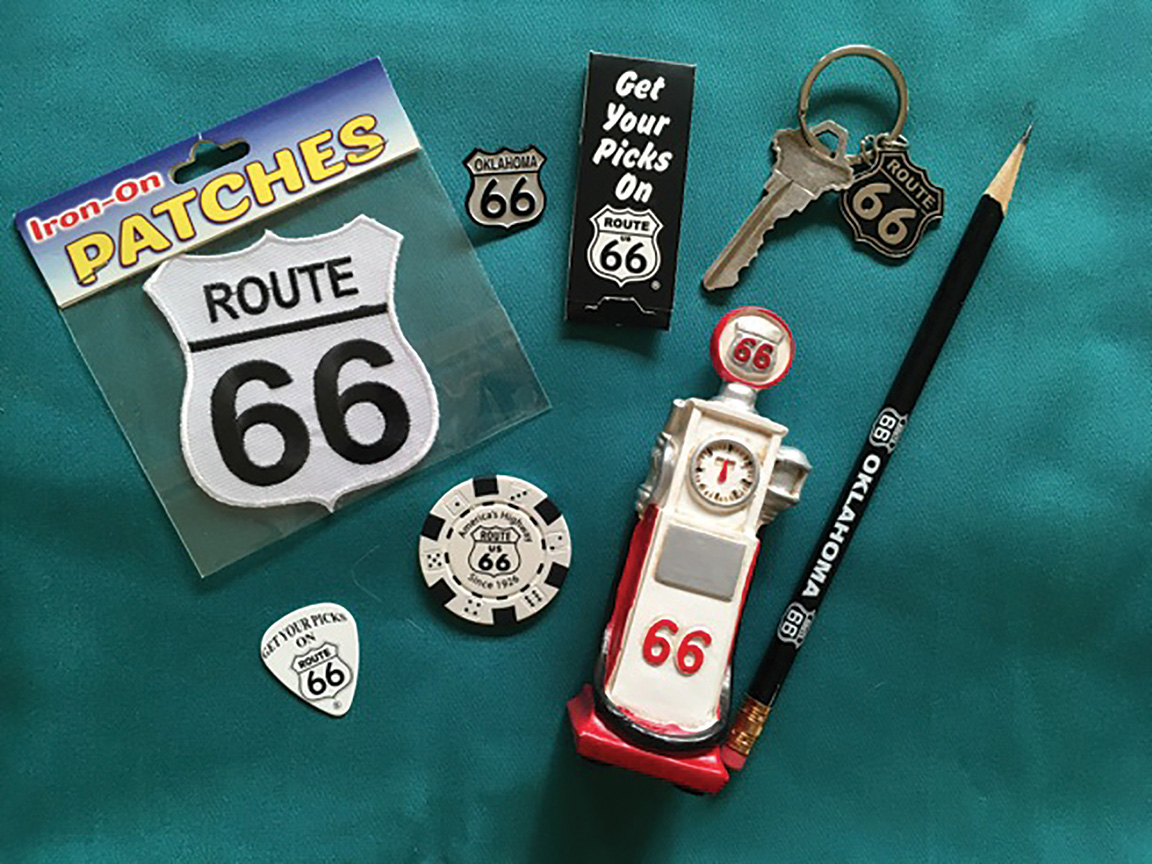Dorri Partain
Northeast News
The creation of U.S. Highway 66 was a multi-year process that began in 1912, when Cyrus Avery (1871-1963) was elected as Tulsa’s County Commissioner. An early promoter for better roadways, today Avery is considered the “Father of Route 66”. By 1921, he was elected president of the Associated Highways Associations of America and the State Highway Commissioner of Oklahoma two years later.
Working collectively, numerous highway associations across America petitioned the Secretary of Agriculture to create a series of U.S. Highways, with Avery championing a route that traversed from Chicago to Los Angeles, taking traffic directly through Tulsa. Unlike previous highways, which were rutted and badly marked, the new highway would be paved for two lanes of traffic and signage to mark the route.
In November 1926, then-Secretary of Agriculture William M. Jardine declared the new route would be numbered “66”, with the remainder to the east-to-west route, from Springfield, Mo. to Virginia Beach, would be “60”. Paving the proposed roadway was piecemeal, according to the terrain and available funds, and wasn’t completed until 1938.
Even during the highway’s heyday as the most popular route from east to west, and back, the now-iconic sign emblazoned with 66 was only visible on maps and brochures. After years of slowly being replaced and bypassed by the interstate highway system, U.S. Highway 66 was decommissioned in 1985 and once the signs were removed one would think the old route would eventually be forgotten.
But a barber in Seligman, Arizona, whose shop is located on Route 66, didn’t want his hometown to die with the loss of highway traffic. In 1987, Angel Delgadillo championed the state to mark the old highway with “Historic Route 66” signage and created the Historic Route 66 Association of America. His barbershop became a visitor center and gift shop, and today travelers will encounter numerous visitor centers, museums, and gift shops along the old historic route.




















